The complete guide to home viewing
Get Screen Gab for everything about the TV shows and streaming movies everyone’s talking about.
You may occasionally receive promotional content from the Los Angeles Times.
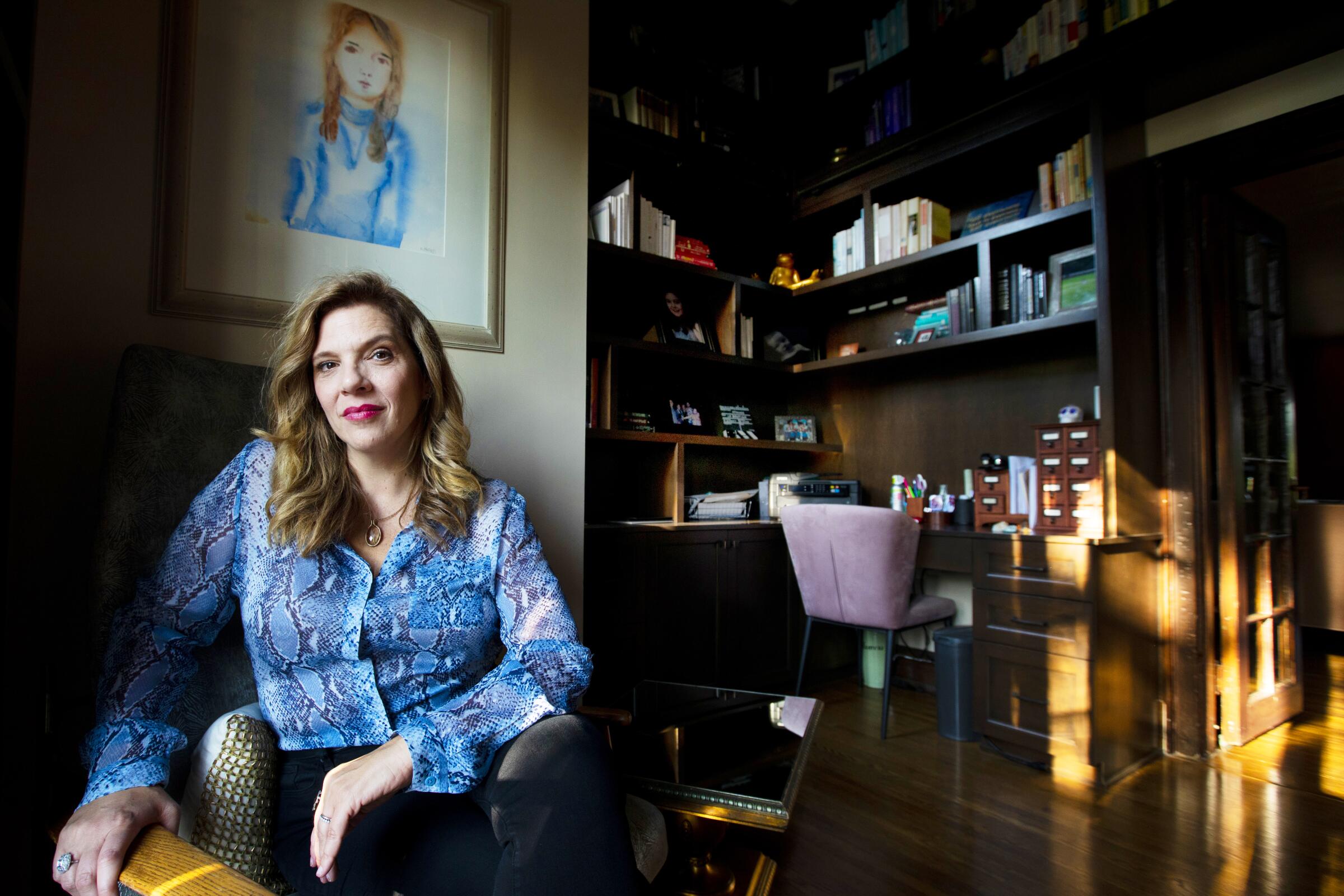
Krista Vernoff, the showrunner of ABC’s enduring prime-time drama “Grey’s Anatomy,” has a to-do list that will make your anxiety flare up.
Like many Americans, Vernoff found it difficult to work during election week. In fact, when she pulls out her phone to reveal the list of tasks, it requires at least four swipes of the thumb to get through it all.
“The news [of President-elect Biden] has helped, and it has hindered because I was so obsessed for the last few days with the election and the election results that I couldn’t work, and that is rare for me,” Vernoff says. “I work, usually, in a very focused way: Monday to Friday, a minimum of 12 hours; and on the weekends, I usually put in six hours a day. So I’m in a hole. I will work without stopping for the next 15 hours because those are things on deadline.”
Such is life when you run three TV shows in 2020.
In addition to “Grey’s Anatomy,” Vernoff also oversees its spinoff, “Station 19,” and the upcoming ABC drama “Rebel,” inspired by Erin Brockovich.
It’s a wonder that Vernoff, 49, who radiates the focused optimism of a woman accustomed to spinning plates, can even focus now, considering that, at the time of our interview, she was about to deliver one of prime-time TV’s biggest surprises — one she fought hard to keep under wraps: the return of Patrick Dempsey as Derek Shepherd during “Grey’s Anatomy’s” two-hour Season 17 premiere, which aired Thursday as a crossover event with “Station 19.”
Video-calling in from her home in Los Angeles earlier this week, Vernoff talked about the shocking reveal in Thursday’s premiere, how the new protocols for shooting during a pandemic have changed the way she works and not being weighed down by fan outcries. The following conversation has been condensed and edited for clarity.
Justin Chambers last appeared as Dr. Alex Karev in “Grey’s Anatomy” on Nov. 14. On Thursday night, the series explained the character’s departure.
The final seconds of Thursday’s two-part season premiere saw the return of Patrick Dempsey as Derek “McDreamy” Shepherd in a dream-like beach sequence.
Dempsey left the series in 2015 after 11 seasons, following reports of discord on set. And there was finality to his exit, with fans stunned by the decision to have his character killed off — even if it wasn’t exactly a surprise. (News leaked ahead of the episode’s airing when some subscribers to Entertainment Weekly, whose new issue featured a piece on the character’s death, received their copies early.)
Not since George Clooney’s top-secret return to “ER” in Season 6 — reuniting his Doug Ross with onscreen love Carol Hathaway (Julianna Margulies) — has a fictional doctor’s return left so many jaws on the floor.
We will see more of [Derek] this season. This was not just a cameo. He will appear three more times.
What went into it was pretty epic in terms of keeping the secret. Here’s how it happened: We had decided to do the pandemic. I was walking on the beach — I really made the beach my office. I grew up in Venice Beach and haven’t been able to live there my whole career because it’s kind of on the Westside, and I don’t like the commute. So I rented a place there, and I kind of spent my time with my feet in the sand. And I was walking on the beach, trying to think about how we were going to do all of the things we talked about: tackle the pandemic but also have joy and romance and escapism. And Ellen has asthma. So how was I ever going to not have her with a mask on her face? I [imagined] a beach motif. I was walking on the beach, without a mask, my feet were in the ocean, there’s no one else around. I felt safe without a mask — and I wore a mask religiously, all the time. We knew enough by then, from the epidemiologists, to understand that [being] outside with some social distance was safe. I was like: “Oh, what if there is sort of a dream motif? And what if we put a little fan candy in it?” What if we get some characters, or a character, who has died — someone you would never expect to come back — and we really have a fantasy world outside of the pandemic.
So I called Ellen, and I was like, “What if in the first few episodes, you’re on a beach in a dream sequence?” And she goes, “What if we get Patrick Dempsey?” In all my wildest fantasy imaginings of who we might get, he was not on the list. Because there was some complexity around him leaving the show. I said, “Are you serious?” And she said, “We just went on a hike together. He really wants to do something ... with masks ... and we’re good. I bet he would do it, Krista.”
We didn’t tell the writers for the longest time. When she’s walking and she looks as someone is calling to her, and she goes, “Derek?” In the script, I had it as Ellis Grey. And she goes, “Mom?” We read it at the table that way. Nobody knew what we were doing — to the point that when the crew showed up on the day we shot the scene, nobody knew. It was top secret.
It was so moving and healing. This show has been on for 17 seasons. There’s been some drama around some exits. And there have been enough years in the interim that everyone grows up; they grow up, they realize where they got things wrong. There’s always sort of two sides to every story. What it felt like was a homecoming.
We shot at a private beach. We had a lot of security. It was a miracle. At one point, there was a fishing boat out on the water, and the line producer, James Williams, came running to me and he goes: “I think that’s paparazzi. I think it’s a paparazzi boat.” We were like, “What do we do? The sun is reflecting off something! Oh, it’s a fishing pole.” It was pretty amazing. We just really, really wanted the fans to have this moment of total shock.
So, what about those other characters Vernoff initially envisioned being part of this dream motif? Will other characters make a return? She was careful not to spill the beans.
I mean, wouldn’t it be exciting if we did?
After nearly 20 years of making a name for herself as a TV writer and producer on shows as varied as “Charmed,” “Private Practice,” “Shameless” and “Grey’s Anatomy,” showrunner Krista Vernoff is about to add another credit to her IMDB file.
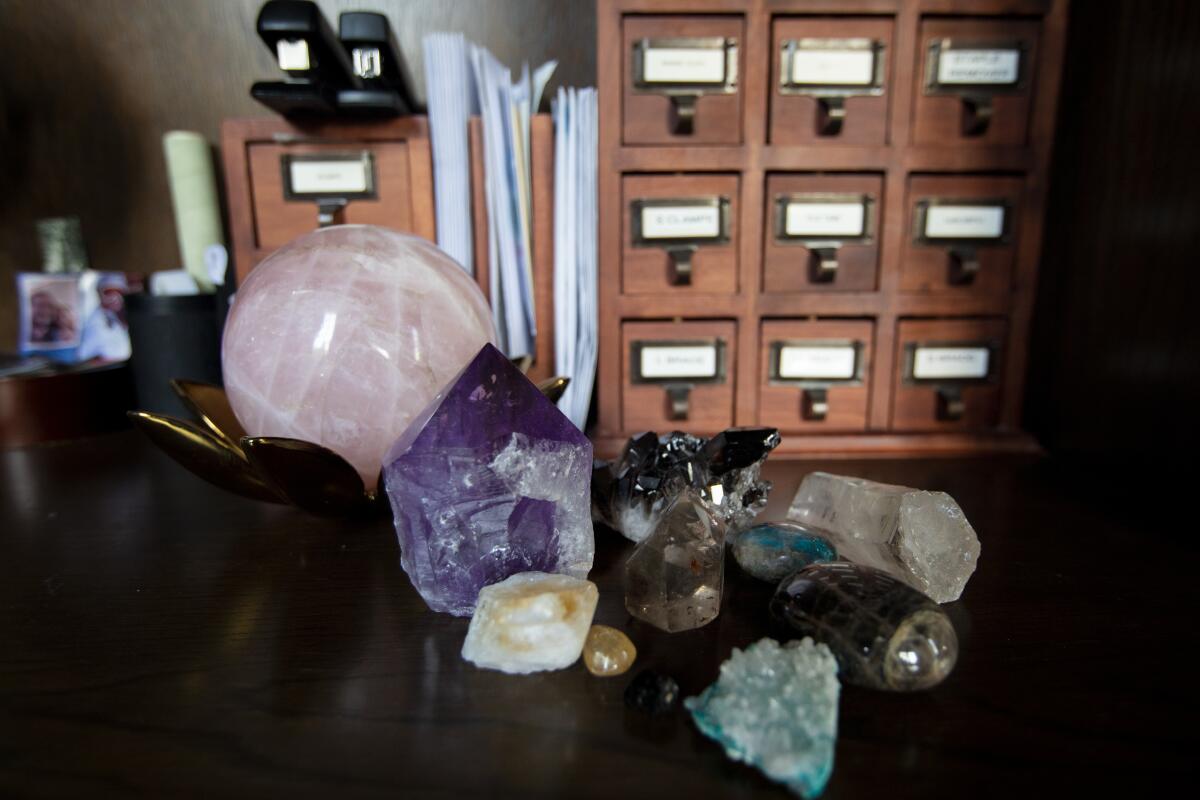
“Grey’s Anatomy” was one of the first TV series to shut down production in March, as concerns over the spread of the coronavirus intensified. The move stunted its 16th season — just 21 of its 25 planned episodes were completed — and left the medical drama airing an unexpected season finale on April 9. Filming for the 17th season began in September, adhering to various health and safety protocols.
There were a million meetings with epidemiologists and health and safety experts. And the unions were all meeting with the producers and figuring out how to safely bring everyone back. It was heavy lifting and hundreds of people worked together to make it possible. By the time we were shooting, it felt safe.
What it’s added for me is, we’ve been having to learn as we go what’s possible. It was the reality of having to do a first rehearsal five times because of social distancing. You can’t gather the crew together to watch the first round. You have to do it a whole bunch of times so that everyone can see it. Every time you call cut, only one department at a time can come in and do their job. It used to be a two-minute turnaround, or whatever, two minutes between takes, and now it’s 15 minutes. It’s no joke, and what I realized halfway into the two-part premiere is, this isn’t going to work the way it used to.
I started cutting scenes in the middle of the shoot. And I’ve been at this for so long that, for me, by the time a script is shooting, that’s the script that’s shooting. Maybe you’re putting out revision pages because you’re getting some last-minute medical notes or something, but to be looking at the script, whole cloth and going, “What are the scenes I’m going to cut in the edit? Let me cut them now.”
Pre-pandemic, we used to have 12-hour days minimum. Now we’ve got 10 10-hour days and a crazy amount of wait time on turnarounds. We had to go into all the scripts that were in the pipeline and go, “How to reduce it? How do we shoot fewer scenes that are longer? How do we put fewer people in the scenes?” You’re not going to see all the series regulars in every episode this season because you can’t do those scenes that are six and seven and eight people — and it’s a different show.
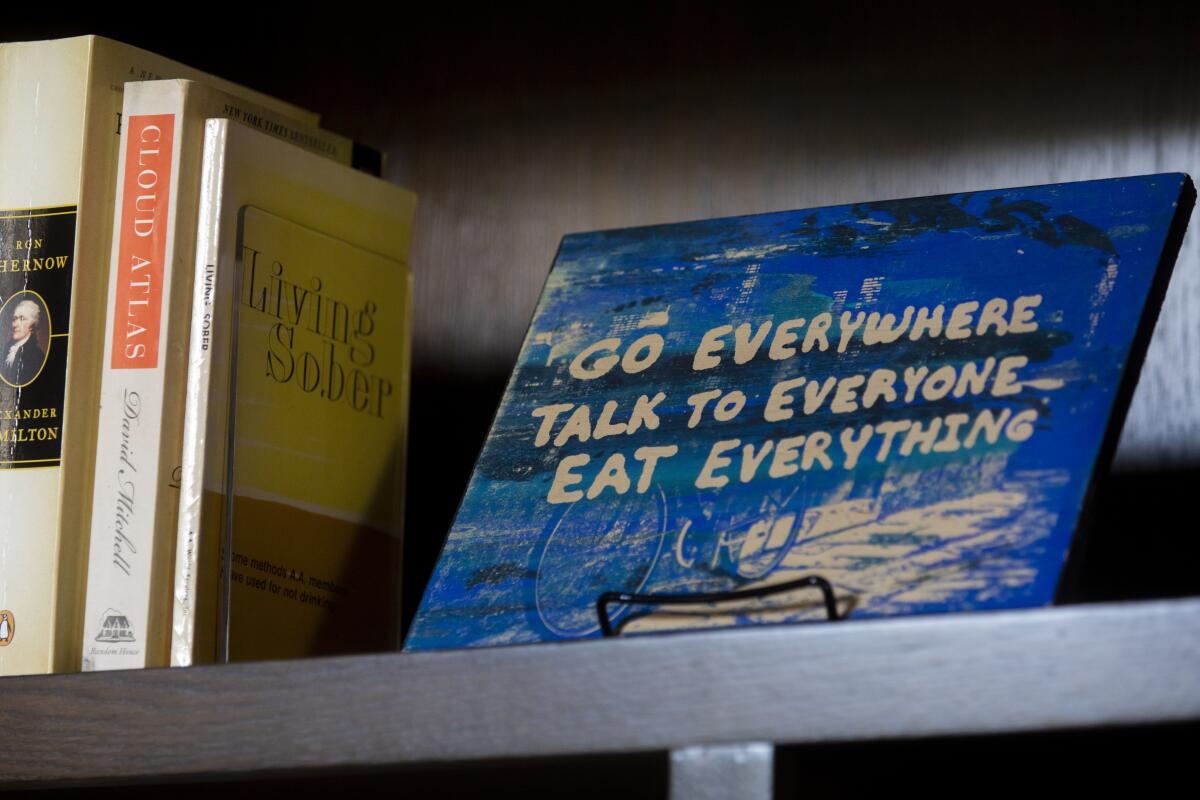
“Grey’s Anatomy” returns as the pandemic is worsening, with COVID-19 poised to rage into the winter. “Grey’s Anatomy” joins other returning broadcast shows, including “This Is Us,” “Superstore” and “The Conners,” in incorporating the pandemic into its narrative.
On the first day of the writers room, I gathered everyone, and I said, “OK, you guys, I’ve been back and forth on this a million times, I think that I’ve landed on, we shouldn’t do the pandemic. I think we shouldn’t do it because everybody needs escape. I only want to watch, like, ‘Schitt’s Creek.’ We have pandemic fatigue, and I think that we don’t want to turn on the TV to see the pandemic. I would like to know who wants to convince me that I’m wrong.” And one by one, they raised their hands, and the most persuasive were the doctors in the room.
There were three doctors in that room, and one of them had been [on the] frontlines in the pandemic. He’s now had COVID-19 and survived. They were in the thick of it, and they said, “This is the medical story of our lifetimes. It is permanently changing medicine, and we have a responsibility to depict it. Not only a responsibility. It’s tremendous drama. We can’t not do it.” I was persuaded in about 15 minutes because I came in on the fence, and they tipped me over.
Then we had a bunch of medical advisors come in — we always do, but this year was really different because they’re all profoundly changed. That was only a few months into the pandemic, and you could tell it was the first time any of them were sitting and talking about it. It felt more like therapy than anything else there. We had doctors who were world-class surgeons, who’ve always come to us and told us their weirdest, craziest stories, and they came and literally were pale and shaking through the whole hour. They were changed.
The mask has been politicized, but there’s no argument in the medical community about what needs to happen here. Can it be our responsibility to educate the masses? No, we can’t take that on. And thank God this country just decided to put some leadership in the White House that might take some measures to stop the pandemic and protect our healthcare workers. It can’t be our jobs. But to some degree, we’re aware that we have an opportunity here to show people who maybe aren’t watching the news and maybe don’t have [members of the] medical community in their lives. These characters who they’ve loved for so many years and grown up with suffering under the weight of this pandemic feels honest, and it could be really powerful.
“This Is Us” adapted on the fly to COVID-19 and protests against racial injustice: “It almost felt irresponsible to not take on the moment,” says its creator.
In a recent interview with Variety, Pompeo implied the current season could very well be its last. Her contract expires at the end of the season. Vernoff says she’s forging ahead just as she has in the past when contracts are up.
Anytime contracts are up, I plan that it’s the last season, and I plan that it’s not. That’s the only way to stay sane. You have to have really viable options for both. And I have. There have been a great many times when we really didn’t know what it was going to be, and it goes on deeply into the season — and it doesn’t feel different than other times.
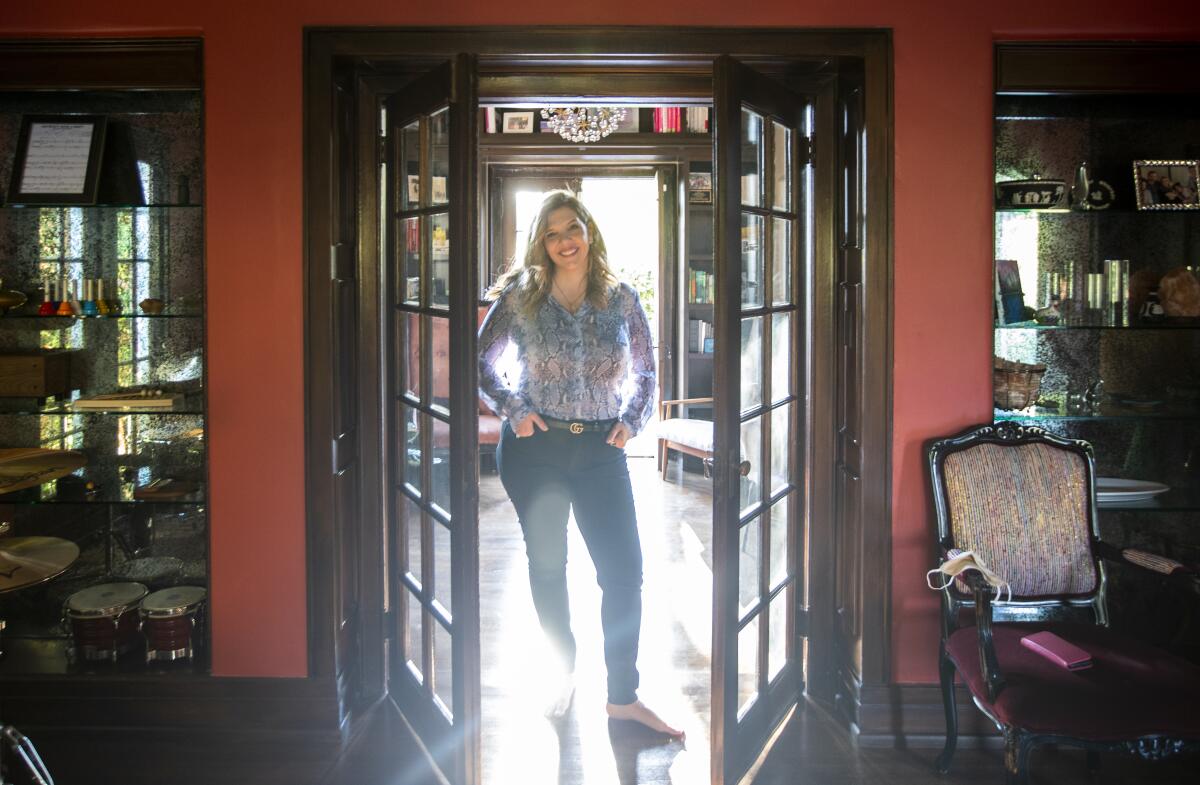
Vernoff, whose other credits include “Party of Five” reboot “Time of Your Life,” “Charmed” and “Wonderfalls,” was the head writer of “Grey’s Anatomy” for its first seven seasons. She left the series in 2011 because of a failed renegotiation and a desire to step out on her own.
I wanted to make my own mark. I made a pilot Season 1 [of “Grey’s Anatomy”] and it didn’t go to series and then I didn’t develop again for seven seasons. I was really happy to do the writing. I was doing a huge, huge amount of writing at “Grey’s Anatomy.” And I was so proud of the work that we were doing and of the impact that we were having, but there wasn’t a lot of credit. And that was just the nature of the beast. That’s not me complaining. That is the nature of the job of a No. 2. And for some people who are really ambitious, it started to feel oppressive.
And there were broken systems at ABC. They came to me in a big renegotiation in Season 5 or 6 with a massive pay cut. I was expecting the standard renegotiation raise, and they came to me with a 30% pay cut because Steve [McPherson, ABC’s former entertainment president ] had arbitrarily decided that there was a cap to how much a noncreating executive producer could be paid. And Shonda had to go to war to get me to a 10% pay cut. It didn’t feel right. So I went to Shonda and I said, “I want to do a pilot.” McPherson had left. It was Season 7 of “Grey’s.” Paul Lee had come in. And I had this idea for this pilot I wrote called “Grace.” And every step of the way that project felt blessed. It was in all the trades as, like, one of the front-runners.
And so as we wrote and prepped and shot that pilot, I was training Tony Phelan and Joan Rater into my job [at “Grey’s.] And then, for reasons I won’t tell the L.A. Times, but that will be in my book one day — crazy-ass 11th hour shenanigans — “Grace” didn’t go. I was already in New York planning to go to the upfronts, and my marriage had ended that year. And I was best friends with Tony and Joan and I had really, really disliked what Jay Leno had done to Conan O’Brien. I wasn’t going to come back. And I didn’t know what I was going to do . I had all these miles built up from all these years of workaholism. I went to the airport, and I went to Italy. I had a 3-year-old at the time, so I didn’t go for long. I was there for eight days, eating my way through Italy and crying.
She joined Showtime’s “Shameless” for a stretch of time and consulted on “Grey’s” spinoff “Private Practice” — all while trying to get her own creations made.
It had now been seven years of trying to make pilots in this crazy f— town and having pilots not go because network presidents got fired after they had ordered the pilot or having pilots not go — quality projects — because there was some power struggle between the studio boss and the network boss. That process was so enraging and so demoralizing.
There’s nothing you’re going to have or get on the outside that’s going to make you a happy, thriving, human being. That’s an inside job. And by then, I had done enough things that I got it. And Shonda called and said, “I miss you. Let’s have lunch.” And I went to lunch, and she said, “I’ve been doing ‘Grey’s Anatomy’ for 14 seasons, and I’m tired. And you’re the person I trust to give it to. I want to give you the keys to the candy store that is ‘Grey’s Anatomy.’” And it was like Christmas and your birthday and Halloween. Because here I was making pilots, making pilots, making pilots, gathering all this experience but not getting to have a show that I got to make, that I got to have final cut, that I got to put my mark on.
It was an amazing gift. It let me take all the experiences that I had had from all my years in this industry and apply them to a show that is in over 200 territories, to a show that is so much bigger than anything I could create nor could ever become. There’s nothing the size of “Grey’s Anatomy.”
“ER” and “West Wing” vet and former WGA president John Wells on what’s next for “Shameless,” Hollywood labor disputes and the bad economics of too much TV.
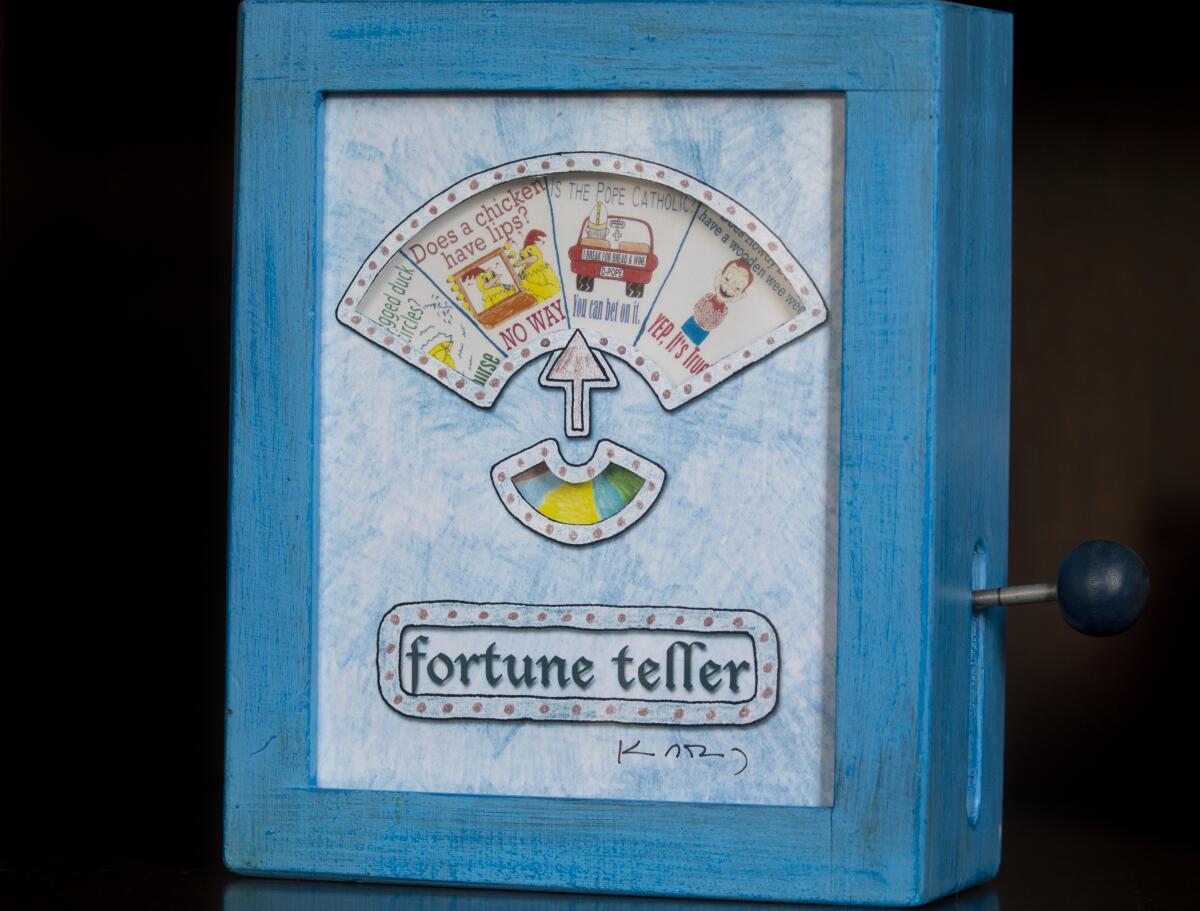
One of the things [‘Shameless” showrunner] John Wells said to me is, “Look, TV is breakneck. And your goal with any 12-episode order is eight episodes you feel really good about, two episodes you want to submit for Emmys and two episodes you never want to see again.” If you can hit that mark, you’ve done really well. And there are episodes that I never want to see again. There are episodes where if I’m scrolling, I’m like, “Oh, God.”
On every show I’ve ever worked on, there are stories you wish you could have told differently, but they were derailed by a behind-the-scenes issue. And that’s the thing that fans don’t understand. So, if you’re responding to fan outcries, you can go crazy because you want to tell them: “If some couple broke up really suddenly in the middle of what was a really exceedingly beautiful arc, that probably wasn’t what the writers wanted! There was probably some s— happening behind the scenes that we had to stay up all night rewriting scripts to try to have any semblance of a story to tell.” That’s why writers have producer titles in television, because you’re not spending two years writing a script and then that’s a perfect script and then you’re shipping it up for people to shoot. There are personalities involved.
There was a resolution to Izzie’s (Katherine Heigl) story. We had planned to have her come back for an episode to really properly tie up Izzie and Alex (Justin Chambers). And I wrote that episode, and it was beautiful. The day before it was supposed to start prepping or shooting, I can’t remember, we got a call that Katie wasn’t coming. Just wasn’t coming. Wasn’t going to do it.
It became my job to stay up all night for multiple nights and reimagine a script that didn’t include Izzie. And for years and years and years and years and years, the fans scream at us, “How could you?” Well, that’s the behind-the-scenes story. That’s what happened. I’m not saying that to bash Katie. I don’t know what was happening in her life. I don’t know what led to that decision. All I know is that the night before a thing is supposed to start shooting that is entirely centered on one character and the completion of her story arc, I got a phone call that she wasn’t coming to do it. That’s what it is to be a TV writer and producer. So, yeah, do I wish I could go back and do that differently? Sure.
The complete guide to home viewing
Get Screen Gab for everything about the TV shows and streaming movies everyone’s talking about.
You may occasionally receive promotional content from the Los Angeles Times.